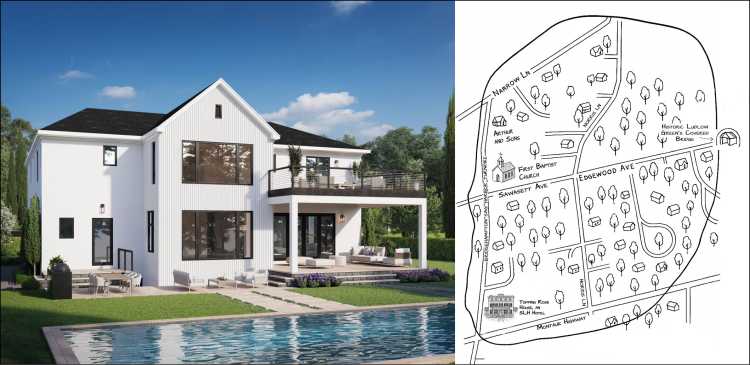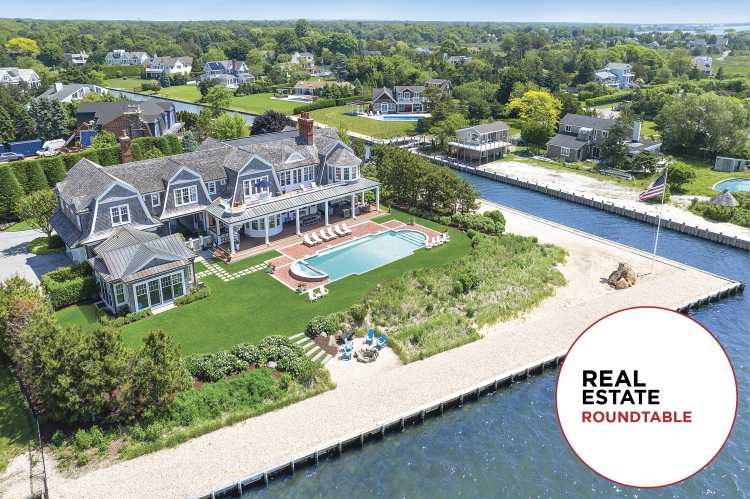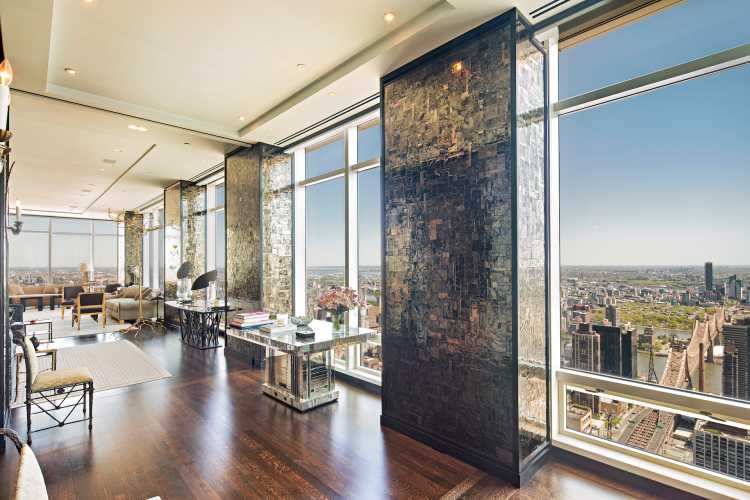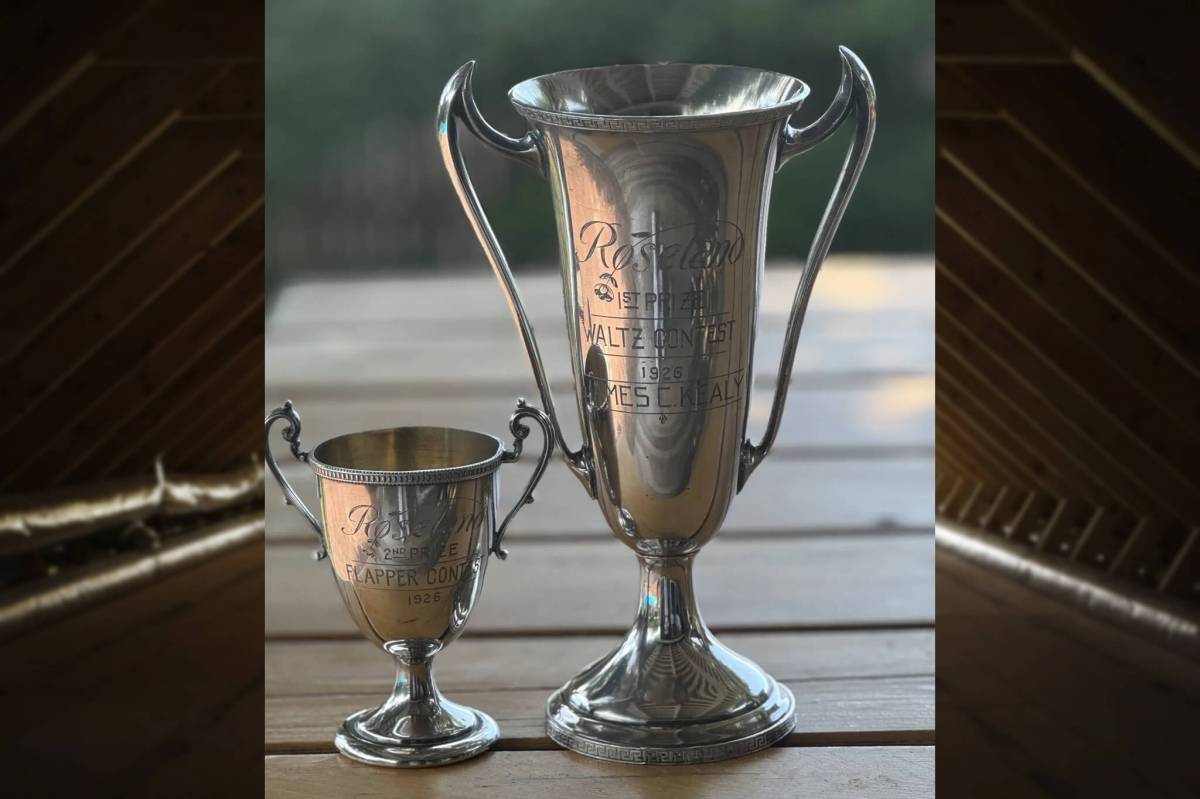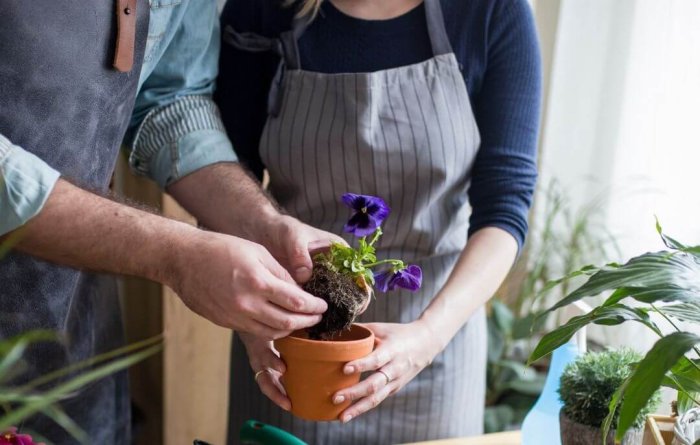Eric Firestone opened his eponymous gallery on Newtown Lane in East Hampton in 2010 and Eric Firestone Loft in 2015 on Great Jones Street in New York City. Exhibiting post-war and contemporary artists, one speciality of the galley is re-examining historic work and major figures deserving of reintroduction. Firestone and his family live in East Hampton.
BTH: What brought you to the Hamptons?
EF: I’ve been here almost 10 years now. I was doing business here at the Hamptons Art Fair and just fell in love with the area. I was living in Arizona and thought that it would be a great opportunity to pick up my life with my family and take a shot at coming to the Hamptons.
We specifically chose East Hampton versus New York City, which would be a more natural place for a gallery to open, because we just fell in love with the small-town feel, the village feeling, with the beaches and so on. We were very fortunate when we opened the gallery space in 2010 to be able to offer such an incredible space to use for exhibitions.
BTH: How did you get into the art business?
EF: I opened a gallery when I was 22 years old in Arizona. I was dragged to a lot of art and antique shows as a child. And obviously that influenced me. And that’s why I’m kind of broad about what I like artistically, not necessarily one specific thing. It just has to be something that I feel I could be really enthusiastically behind if I’m going to show it.
BTH: Are you an artist yourself?
EF: No, but I have a strong curatorial kind of vision about how to present works. I feel like that’s an art in itself. It’s something that I feel I was gifted with. It isn’t something you can learn from a book. You have to have a natural instinct, and that’s my art.
BTH: You eventually did open a gallery in the city. What differences do you see between the two audiences and the kinds of shows that you put on?
EF: The big difference between the city and East Hampton is access to institutions and critics, so they can see what I’m doing. I don’t want to slight the Hamptons, but The New York Times or ArtForum aren’t writing reviews of shows out in the Hamptons. The gallery in the city has been getting quite a bit of press, but more importantly it’s been getting a lot of institutional support. I only do two to the three shows a year in New York, and they tend to be pretty long-running shows, so again there’s an opportunity for the work to be really seen and contemplated, so to speak. The big difference is just accessibility to the larger mass of the art world.
In East Hampton, I keep my doors open year-round, I don’t close shop. I’m open basically every day of the week. I want to be accessible to the community, whether it’s collectors, whether it’s designers, whether it’s just somebody who wants to come in and look at work but has no intention of buying it. I pride myself on having that amount of visibility and accessibility with the gallery.
A lot of the same work is rotated from New York City to East Hampton. It’s interesting to see how different the work looks in different venues. In the city, I’m in a walk-up loft space versus the ground-level beautiful windowed gallery in East Hampton; it’s just a different vibe completely.
BTH: What is your house like–is it filled with art?
EF: We live with material, but I’m not obsessed. I love art and design, but it’s my business; I’m around it so much that it’s almost like my home is a little bit desensitizing. I have a very kind of fluid feeling about all this stuff. If it can pass through my hands and touch my hands, I get to enjoy it. But it’s a short moment or a little bit longer. If the art has proper stewardship after me, I’m great with that.
BTH: Since you opened the gallery when you were 22, this is obviously your dream job and what you’ve always wanted to do. Is there anything else that you’re ever been tempted by?
EF: I would have liked to have been a professional golfer but my game’s awful. I didn’t really dream of running a gallery, I just do it. It gets me up in the morning.
BTH: I’m really impressed that a 22-year-old had the guts to open his own gallery.
EF: All this stuff comes from within. There’s a generational thing–I think the younger generation sometimes takes things for granted. I have a very strong internship program in New York City; a lot of the students come from Barnard or NYU. Some go through the motions and some have a passion.
BTH: If you could have anyone to your Hamptons dinner party, dead or alive, who would you invite?
EF: I would definitely invite Alfonso Ossorio. He was just such a cool collector and also a brilliant artist. And he had had such a great rich history with the Creeks. I would also invite Jack Lenor Larsen, because I think he’s the greatest textile designer of 20th century America. He happens to be a national treasure and lives in East Hampton. I would invite Perle Fine because I just like her work, and she did this really cool cookbook back in the day, so she would have some great recipes. I think I would invite Thomas Moran. He depicted East Hampton in the late 19th century. It was such a different era and I’d like to hear more about what it was like to be in the Hamptons at that time.
I’m also going to invite Miriam Shapiro, because I represent her estate and because she was such a force in her vision. She falls into the canon of American art history. I have to invite my wife. And then Elena Glinn, because she tells such great stories about being a kid growing up in the Hamptons. She’s been a dear friend since I’ve been in East Hampton.


